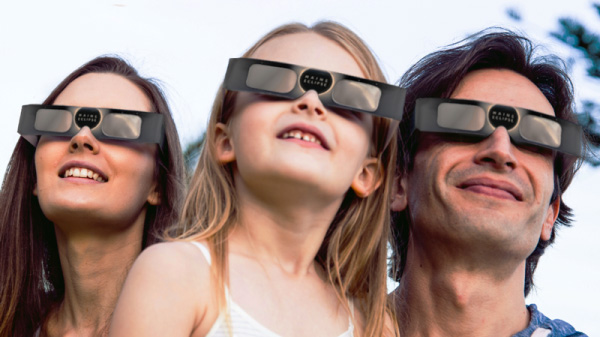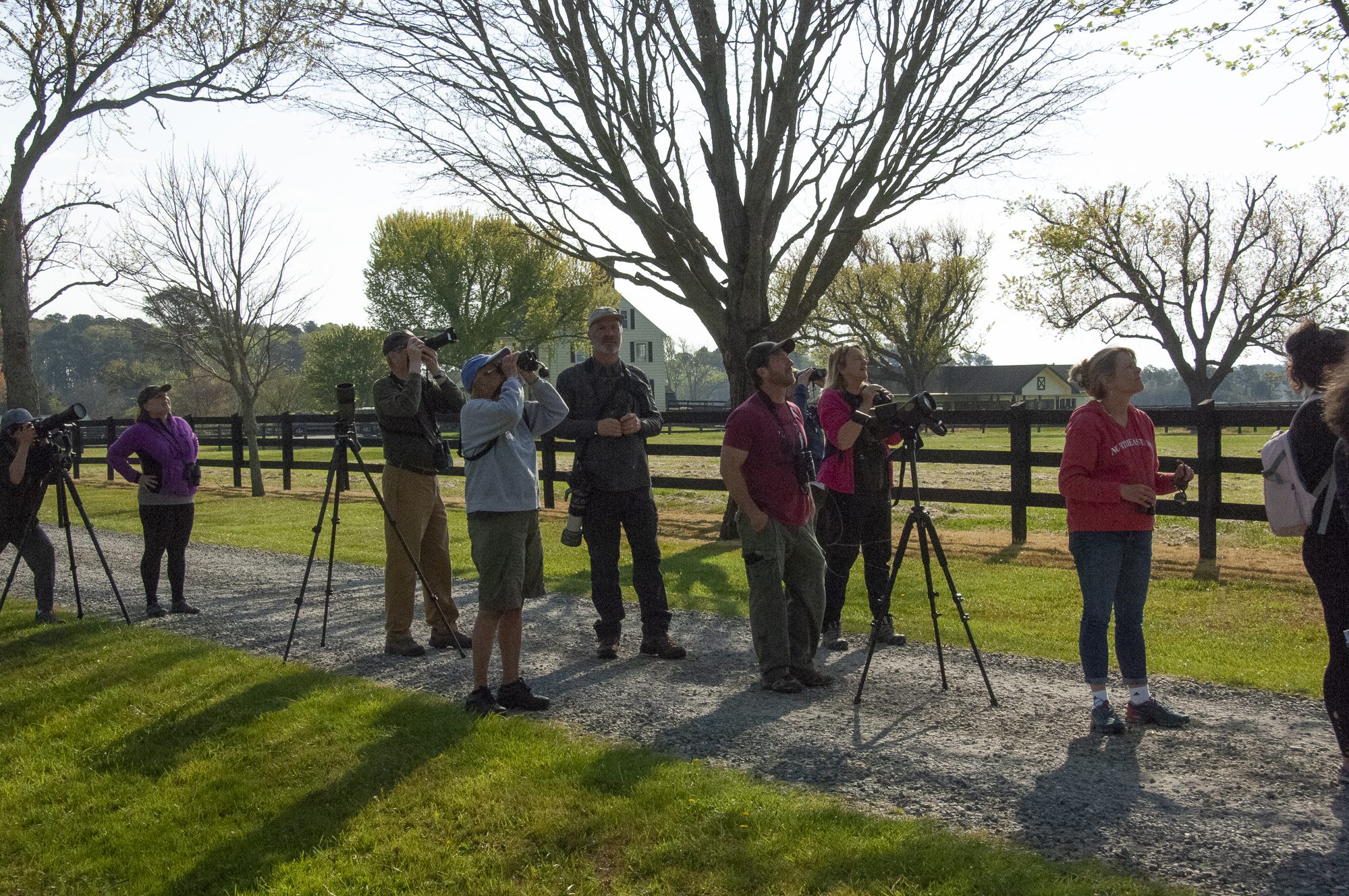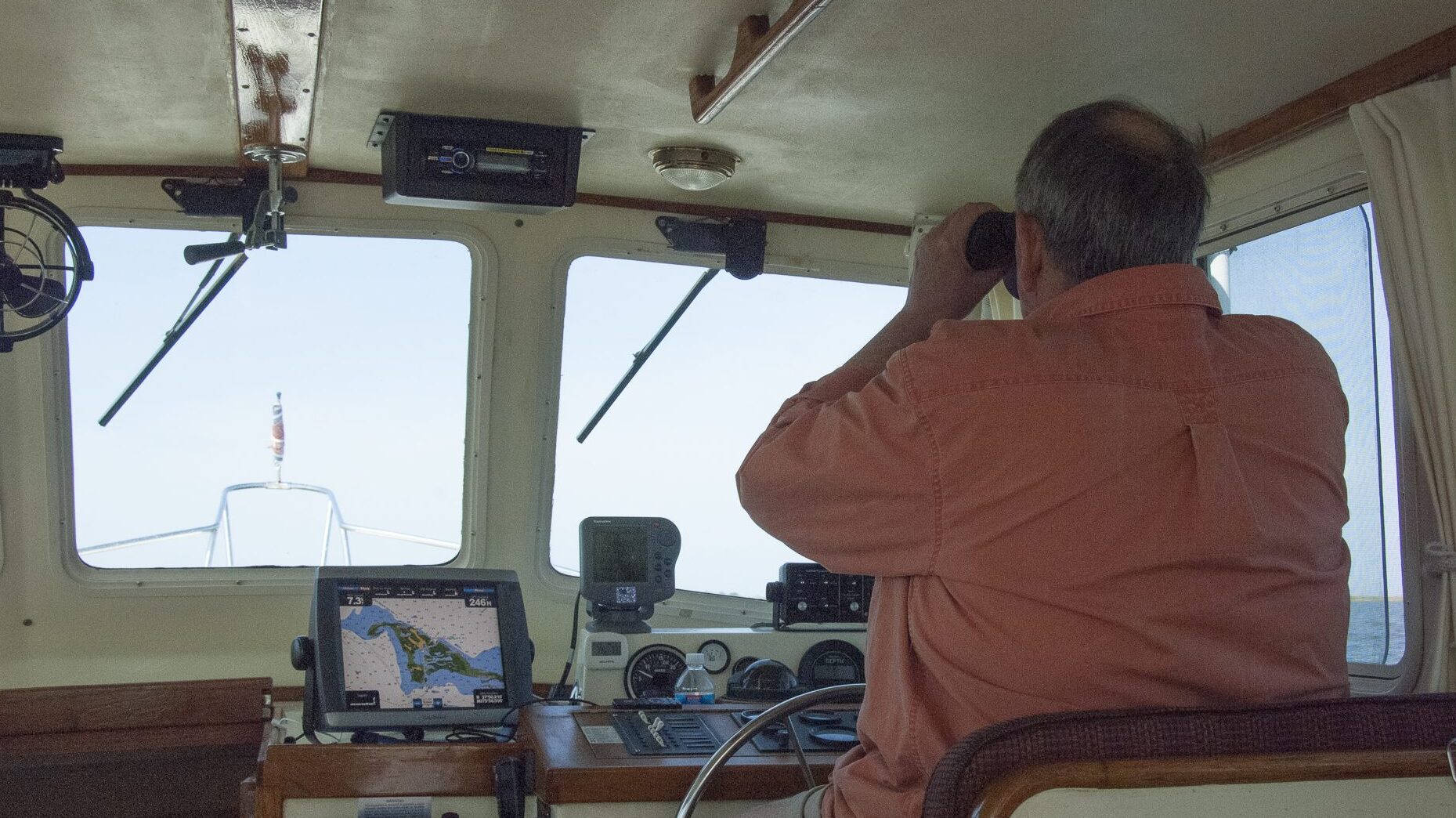Use binoculars to choose features best for you
Binos, today’s shorthand for binoculars, are an essential on-the-go companion. Test the binos you have by using them inside and outdoors and notice the view. Keep them on hand so you can see what’s going on outside in bright sunlight and at dusk when the lighting is low. Go for a walk and look at what you can see down the street or into a store window. Practice using binoculars in different settings, inside and outdoors, to choose the features best for you.

The more ways you look through binos, the more you learn how to use them. If you think the binos you have are too old or too heavy, you may be right. The more you use binos the more opportunity you have to learn the pros and cons of the size you have.
Don’t own binoculars?
For a low cost way to experiment using binos, borrow some from a friend. But be sure to ask if you can adjust them to fit your eyes before changing the settings.
For a low cost investment shop thrift shops and yard sales where you may get lucky and pick up binoculars for under $20, a small investment in learning how to use them. Before you buy old binos at a bargain price check to see they work.
Here is what to check out if you are looking at used binoculars

- Give the exterior a good look over. Shake it and if you hear any parts move around inside them, put them down and look for another pair.
- Look at the glass at both ends of the binoculars for any scratches. You can see some minor defects by holding the binos up to the light so the sun shines in the glass, this will highlight most minor imperfections and scratches. Use a clean tissue to clean the glass to wipe away any dirt or fingerprints and show the clear lens.
- Look through the binos with both eyes. You should see the same image in both eyes. Everyone has different spacing between their eyes so try adjusting the barrels of the binoculars in or out to fit your eyes.
- Check the focus by turning the center focus wheel back and forth, it should turn smoothly in either direction and the binos will go in and out of focus.
Your bargain binos probably won’t be your ultimate optics but they’re a low cost investment in learning how to operate and use them. They’re a learning tool for a trial run and see what you like and don’t like. Actually you may get lucky and snap up binos that are a perfect fit.
Choose the type and size binos right for you
Did you like what you saw peering through binos? It’s pretty cool stuff, right? The good news is the cost of binoculars has come down and the quality has gone up making binos attainable for any budget. For example, on the small size, compact binoculars often labeled 8×25 have 8 times magnification power and you will see an image 8 times closer than what you see with your eyes.

The number 25 means the objective lens is 25 mm so it gathers enough light for a bright image in shade or on an overcast day. You’ll find compact binos are lightweight and foldable beginning at $35 and go higher depending on their features.
Another popular size binoculars are 10×42 which have more viewing power and are a bit heavier but more stable. The 10 means they have a magnification power of 10 and the 42 is the lens diameter measured in mm or millimeters. Their prices tags begin in the $50 range and go much higher.
As you look at your buying options you’ll see the range of binocular features includes rubber coating so they are shatterproof, and being fog-proof and waterproof. A multiple lens coating makes them better at transmitting light. The features are what determine the price range.

Porro and roof prisms define two styles of binoculars. The prism inverts the image coming through the objective lens to give you an upright image. You can recognize the difference because binos with a porro prism have wider spaced barrels and roof prism binos have straight barrels.
Squeaky clean lenses will give you a clear vision of whatever you’re viewing. Regularly use dry lint-free cloth to wipe away any dust on the eyepieces.
4 tips for better viewing with any binoculars
- To make binos fit your eyes, adjust the eyepieces by squeezing and spreading the barrels to fit the width of your eyes.
- If your binos have a center focusing knob, look through the eyepieces and turn the focusing knob in the middle of the barrels. Adjust it to see a clear sharp image with both eyes.
- If there is a movable ring on the right barrel, close your right eye and focus the left eyepiece; then close your left eye and open your right eye. The right eye piece is the diopter adjustment wheel. Turn it to compensate for any difference between your eyes.
- If you wear eyeglasses, keep them on to adjust binocs for best viewing.
Gene and Katie Hamilton are long-time writers about using binoculars for boating, bird watching, stargazing and traveling. They are members of the Outdoor Writers Association of America.
Post Views: 909
|













